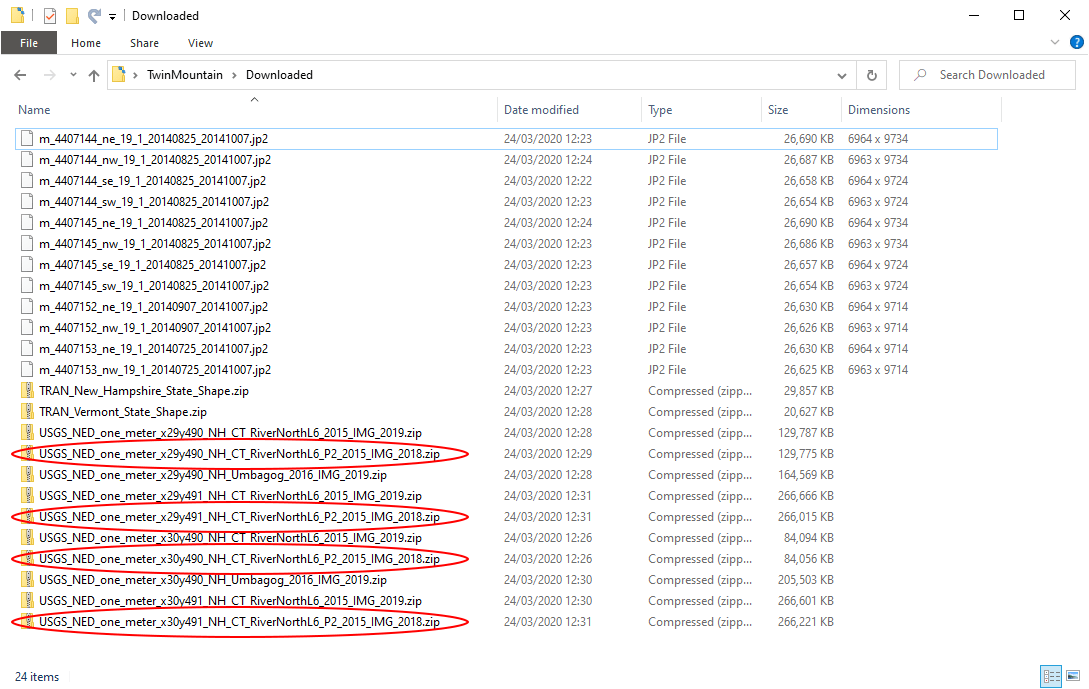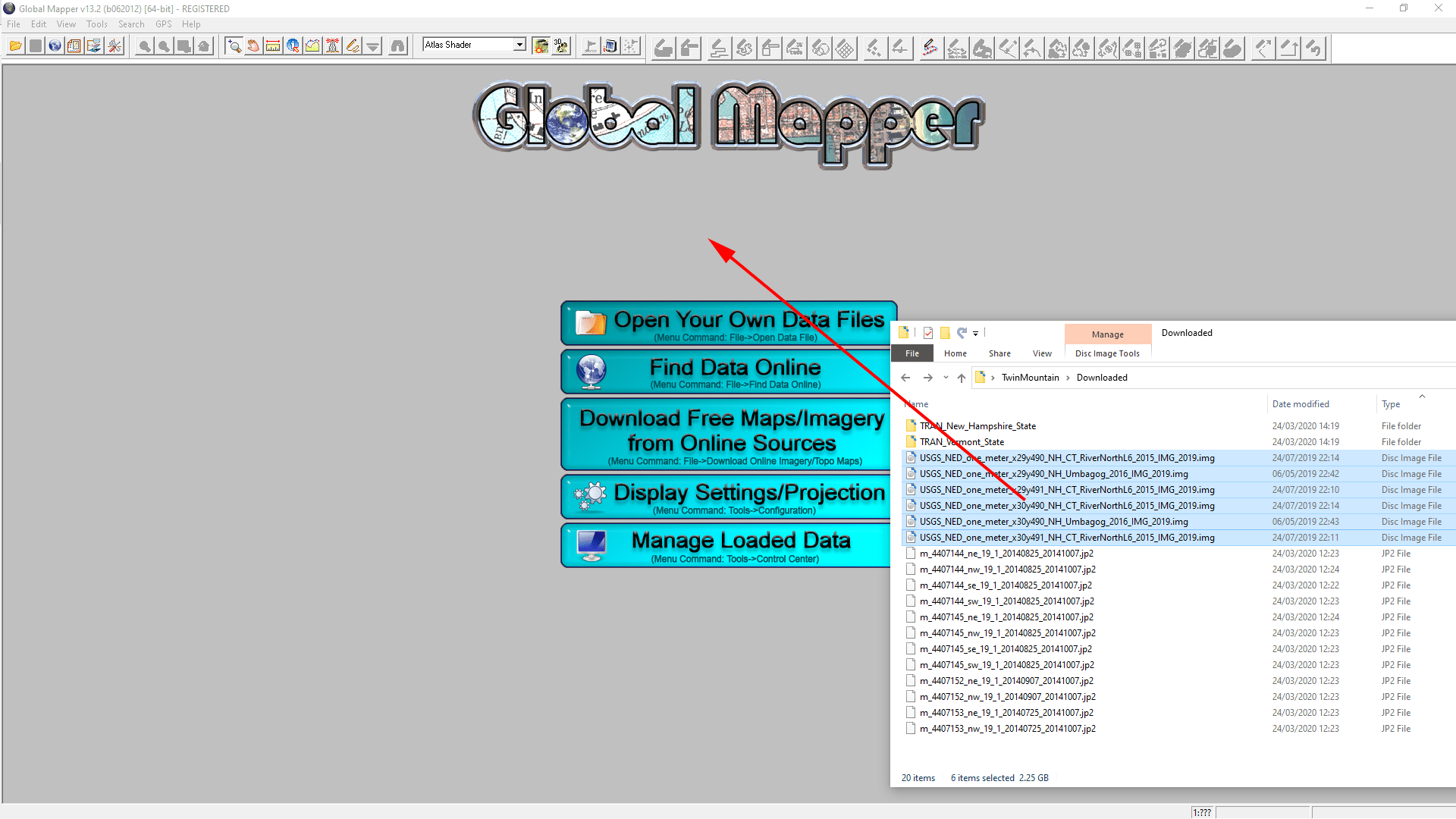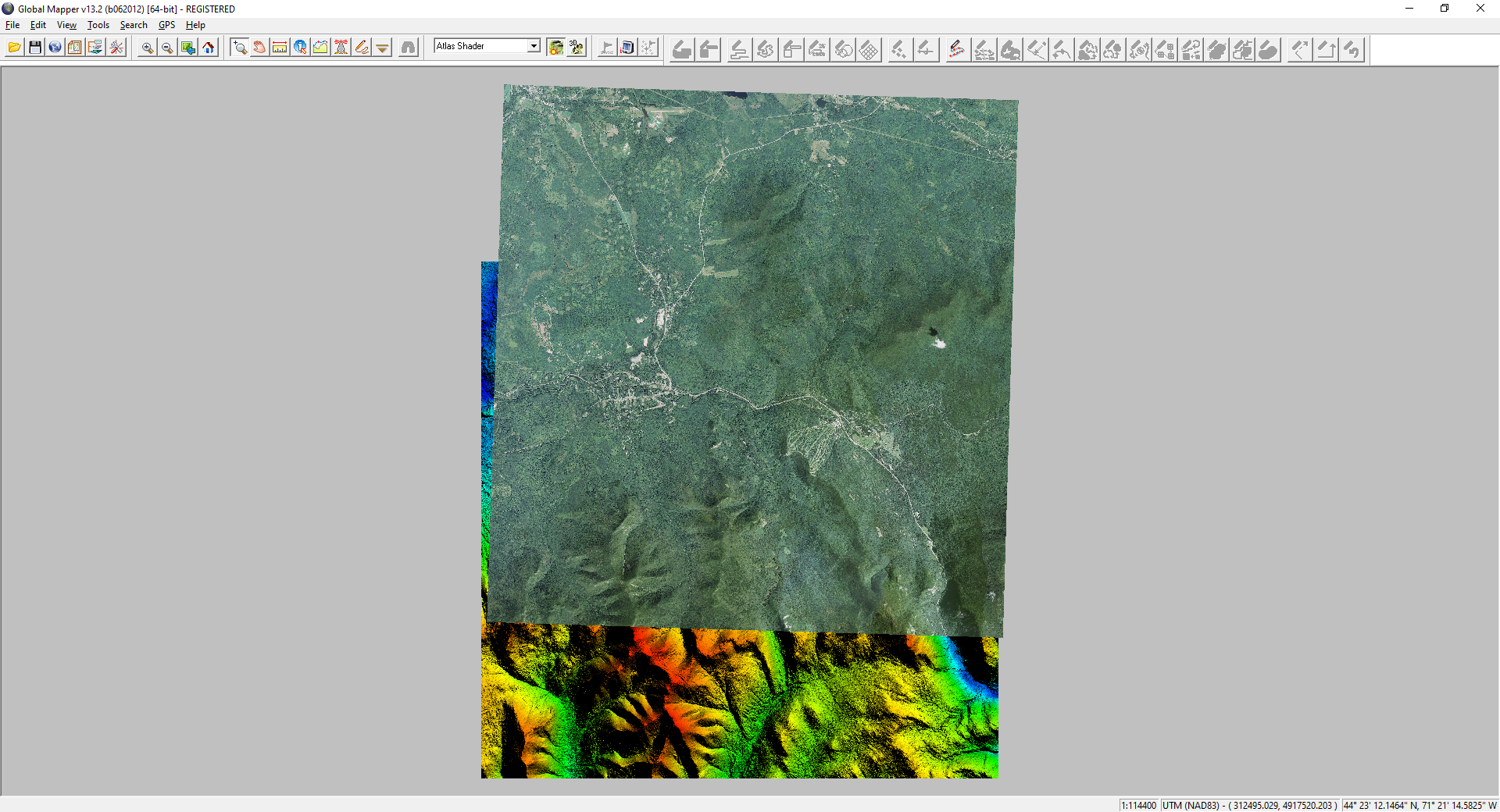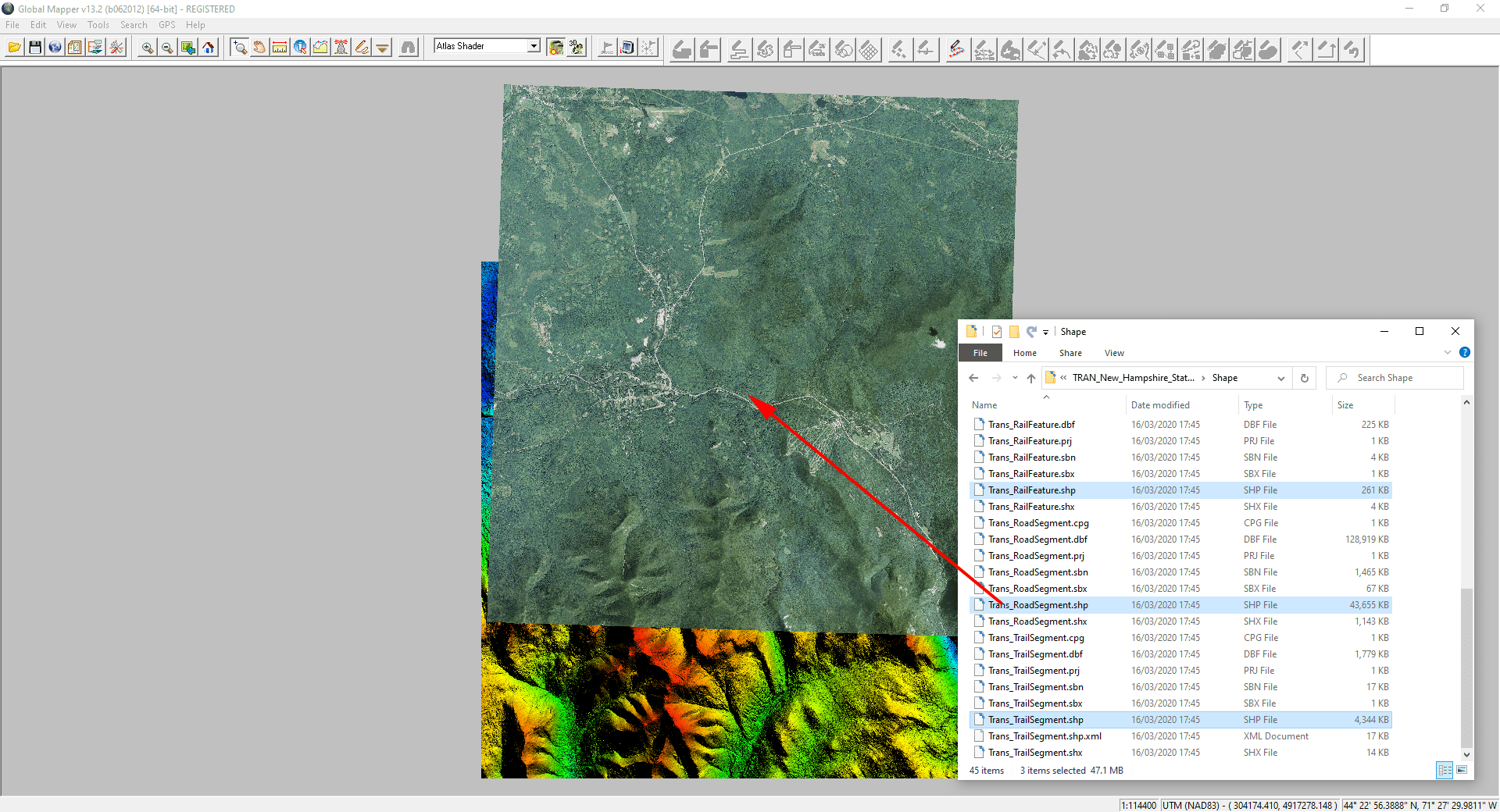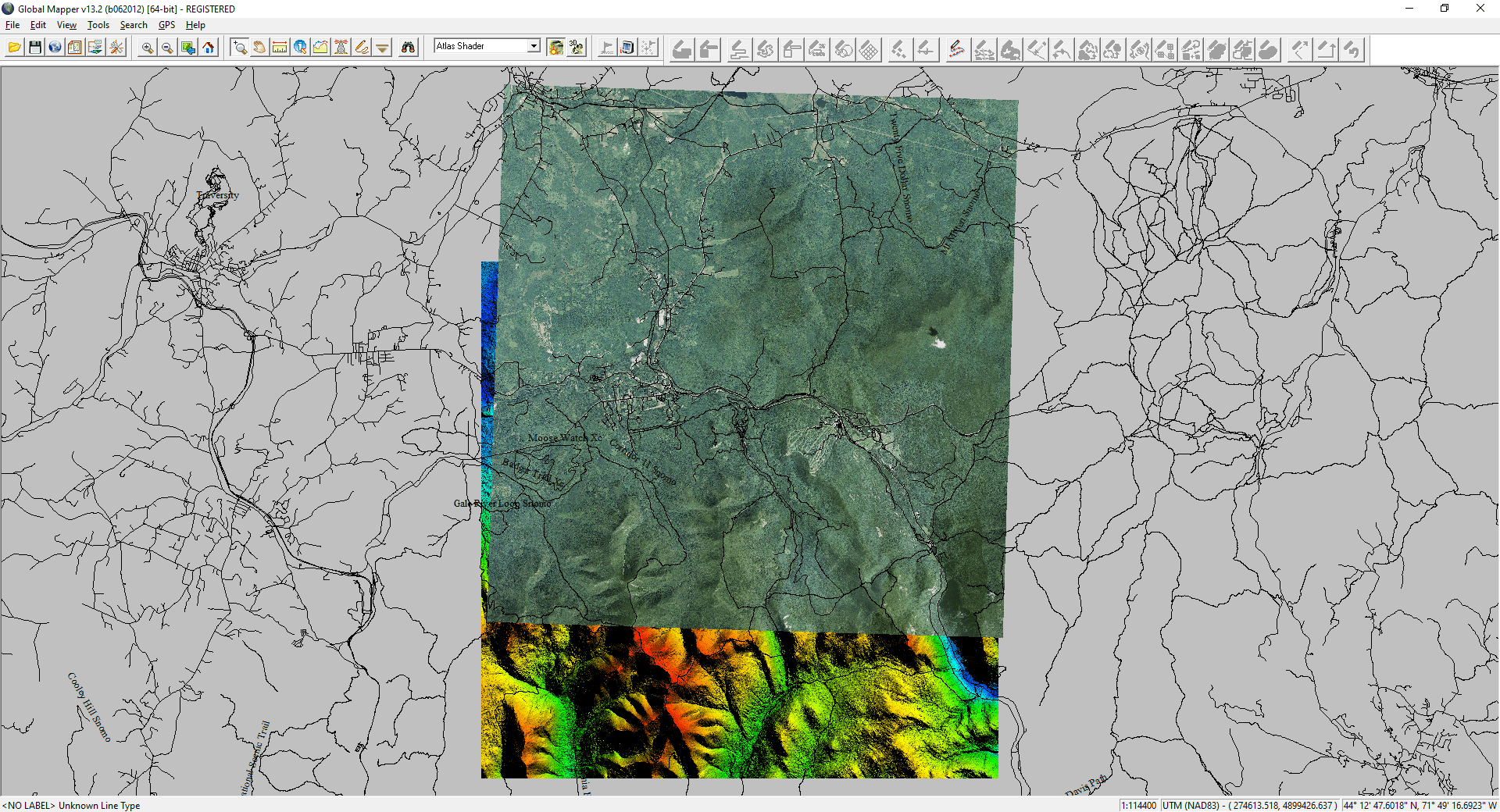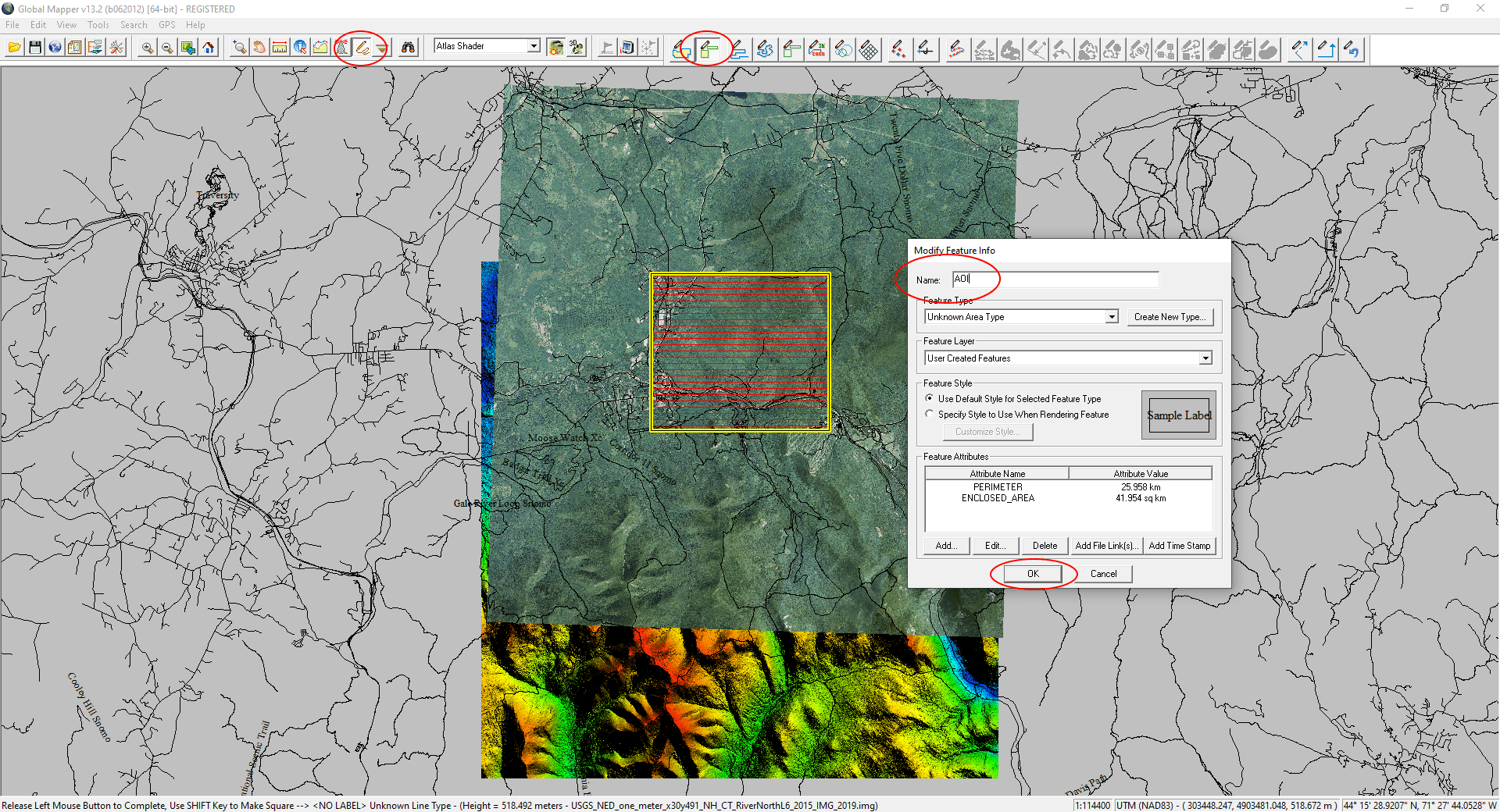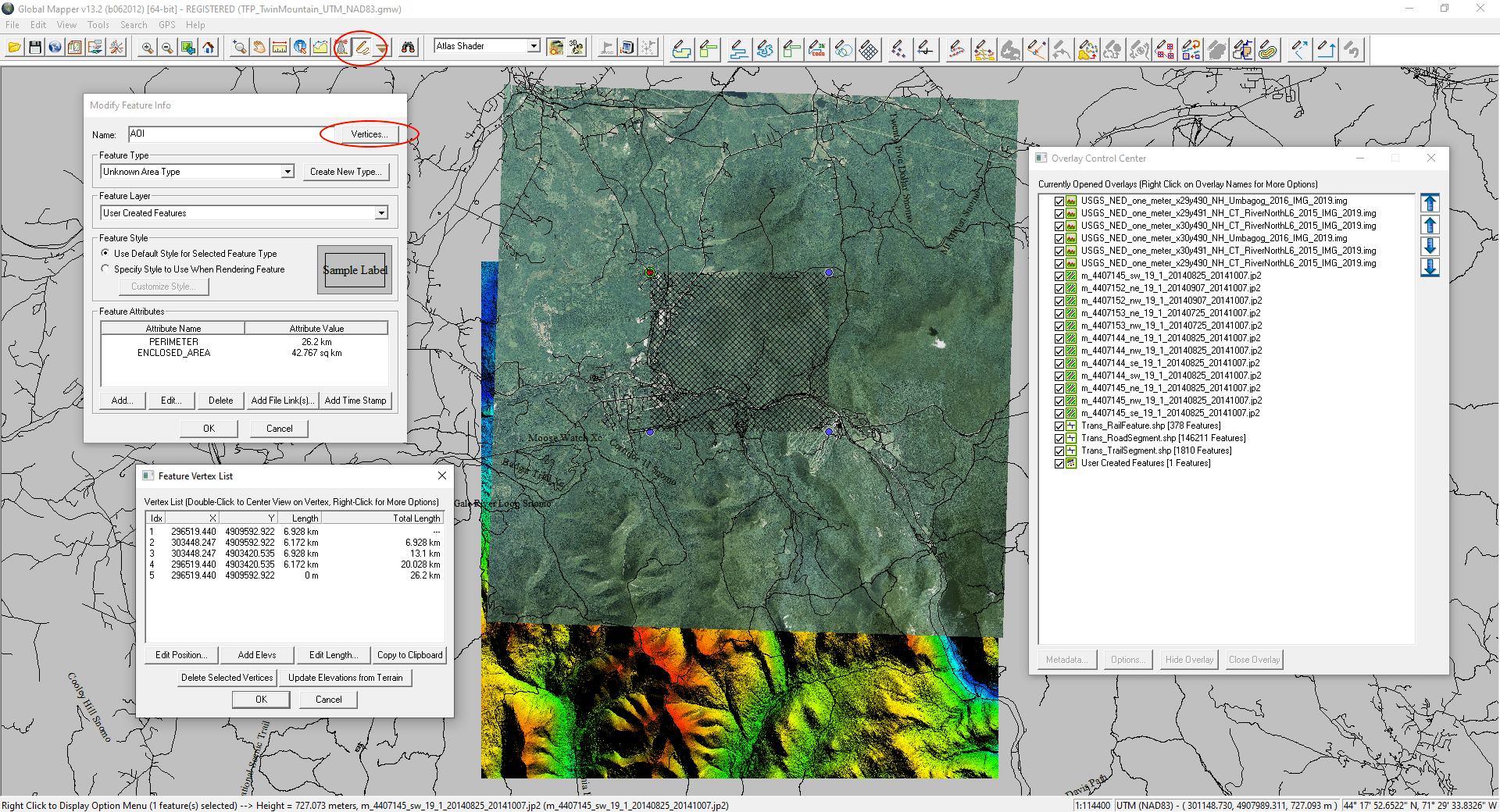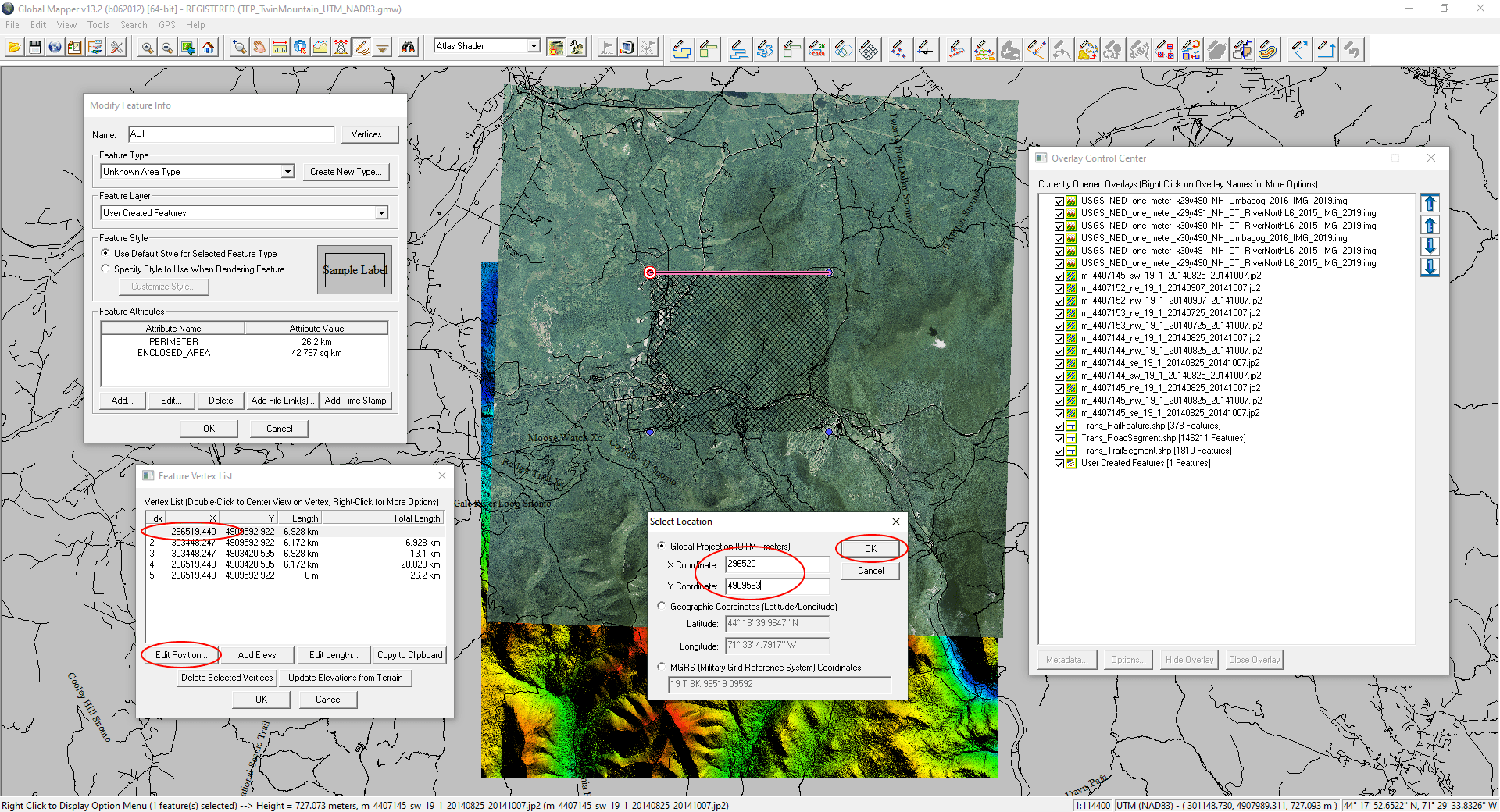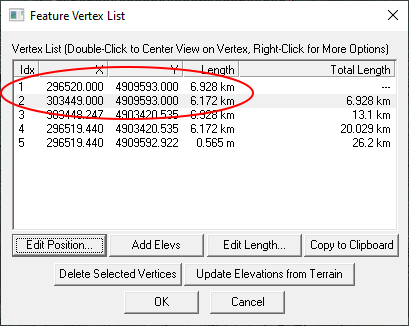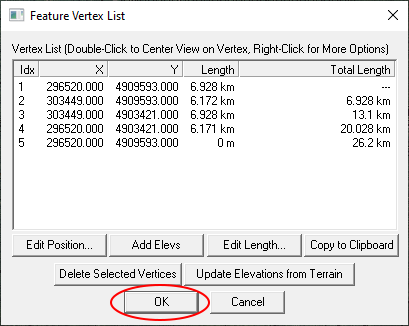How Can We Help?
1. Defining Landscape Extents
This section of the tutorial is about how to load GIS data into Global Mapper, and how to define our UE4 landscape’s extents.
WE NEED
- The DTM, aerial imagery, and vector data we downloaded in the previous tutorial.
- Global Mapper. We’re using Global Mapper V13, but you can replicate these steps in more recent versions.
Step 1
Extract the zip files:
- Extract all the “USGS_NED_*” files into the same folder.
- You can overwrite any files with duplicate names – we don’t need them. Keep the *.img files which contain the data. The rest you can delete if you wish.
- We’ve got some files with duplicate data – it looks like the survey for Twin Mountain was done in both 2018 and 2019 – we’ll delete the duplicate files from 2018 (see below).
- Finally extract the transport (“TRAN_*”) files into separate folders – you don’t want to overwrite files with the same name in those (if you have more than 1).
Step 2
Load DTM files into Global Mapper:
- GM stores data in layers – first loaded appear at the bottom, so we’ll load the DTM data first.
- Launch Global Mapper (“GM”).
- Select all the .img files in your folder.
- Drag them into the main workspace area in GM.
It should look something like this. (If you don’t see all the data, hit the ‘Full View’ button.)
[NOTE: The USGS National Elevation Data (NED) is stored in a Cartesian coordinate system known as UTM, and uses the North American Datum defined in 1983 (NAD83). GM automatically sets the projection and datum for its workspace to those of the first data sets you load, so by loading the NED data first, we’re already working in a local Cartesian coordinate system. (See the status bar in the bottom right of the screenshot below to verify.)
If you’re using your own data, you may need to adjust the projection to a Cartesian system. UTM is a projection that splits the world into local Cartesian ‘Zones’ and is our preferred option. We don’t go into to how to do the reprojection here, but let us know if you’re stuck and we’ll help you out.]
Step 3
Load the aerial imagery files into Global Mapper:
- Select all the .jp2 files in Windows Explorer.
- Drag them into the main GM window on top of the loaded DTM files.
Step 4
Load the vector files:
- National Map Viewer listed 2 files for the vectors (New Hampshire and Vermont). Vermont is slightly outside our area of interest, so we don’t need that data.
- When you extracted the “TRAN_*.zip files”, a “Shape” directory should have been created in a sub-folder.
- Select the “Trans_RoadSegment.shp”, “Trans_RailFeature.shp”, and “Trans_TrailSegment.shp” files and drag them into GM:
It should look like this:
Step 5
Next we need to create a box to use as a template to export the data for the area we want to model:
- Click the ‘Digitizer Tool’ icon.
- Click ‘Create Rectangular/Square Area’ icon.
- Create an area approximately covering your AOI (hold left-mouse button + and drag).
- A ‘Modify Feature Info’ box will appear when you release. Type ‘AOI’ into the ‘Name:’ box.
- Then click ‘OK’.
[NOTE: You don’t need to export a square area. TerraForm is able to adjust landscape specifications to accommodate rectangular as well as square landscapes.]
It should look like this:
Step 6
GeoTiff DTM files use a ‘Pixel is Point’ method, whereby the centre of the pixel is used to determine the elevation value. If you’re exporting data at the same resolution as the source data, it’s helpful to round your export area to the nearest 1m (it’s 1m in this case because we’re using 1m/pixel source data). If you’re using other resolutions, adjust your AOI boundaries to fit your pixel boundaries.
To edit the AOI shape:
- Click the ‘Digitizer Tool’ icon.
- Click on the ‘AOI’ area feature to select it (it will fill with a cross-hatch).
- Next <right-click> on the AOI area (with ‘Digitizer Tool’ still selected) and select ‘Edit Area Feature’.
- Then click ‘Vertices…’ to the right of the ‘Name’ in the ‘Modify Feature Info’ window that appears.
- In the ‘Feature Vertex List’, select the first vertex, then ‘Edit Position…’
- A ‘Select Location’ window will appear. To keep things simple, we’re going to round up X Coordinate and Y Coordinate values to the nearest 1m, then click ‘OK’.
- Next we need to move the other vertices.
- Select the second vertex and ‘Edit Position’.
- We started in the top left. Vertex 2 is top right, so we need to round up the previous X-coordinate value, and change the Y-coordinate value to the same value as vertex 1:
- Vertex 3 is bottom right, so round up the Y-coordinate and set the X-coordinate to the same as the X-coordinate of vertex 2.
- Vertex 4 it bottom left so we need to use the same X-coordinate as vertex 1 and the same Y-coordinate as vertex 3.
- Vertex 5 closes the shape and should be the same as vertex 1.
- Your ‘Feature Vertex List’ box should look like this when complete:
- Click ‘OK’ to close the ‘Feature Vertex List’ window.
- Click ‘OK’ to close the ‘Modify Feature Info’ window.
Step 7
Now we’re ready to export the data.
Before you do that though, save the workspace:
- In GM: ‘File’ > ‘Save Workspace As…’
- Give it a useful name in case you need to refer back to it.
